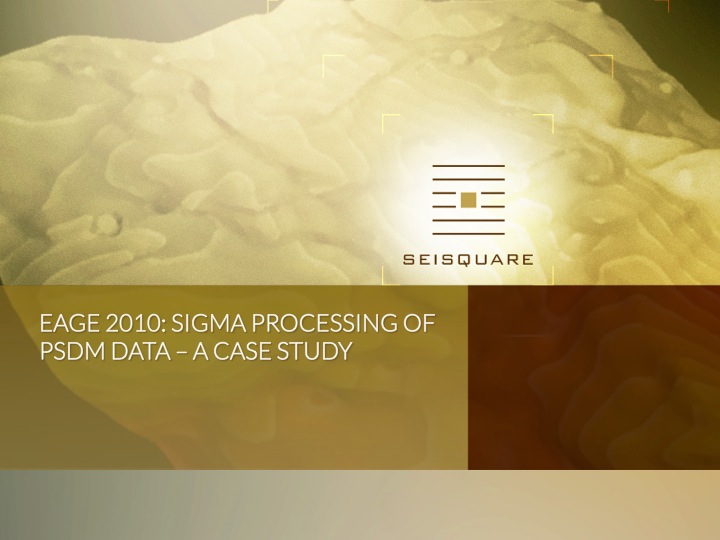Major new breakthroughs in geophysical acquisition and processing aim at providing reservoir engineers with detailed and reliable data that contribute to reservoir modeling and monitoring. Although a lot of care is taken by operators and contractors of the quality of the geophysical data, from the acquisition scheme to the processing flow-chart, using geophysics for a reservoir issue is still a challenge due to the intrinsic limitations of seismic data when compared to the reservoir static and dynamic properties. Most of the time, the theoretical reservoir signature expected to be highlighted and quantified from seismic attributes is so weak that in practice, it is mixed with all kinds of geophysical artifacts or it is not fully reachable within the domain of validity of the underlying operational geophysical hypothesis. Any attempt to quantify a reservoir character using seismic is then facing a lot of uncertainty that lower its reliability and delay its acceptation by reservoir engineers. The ability of properly handling these uncertainties throughout the operator workflow has become one of the key success factors for reservoir geophysics. This is what we mean by reservoir qualification of seismic data.





